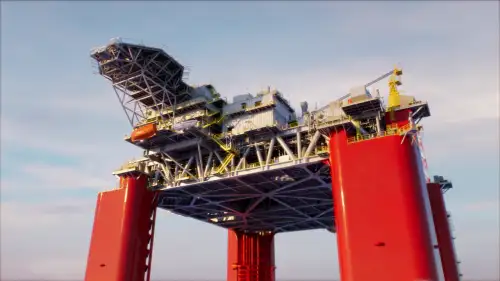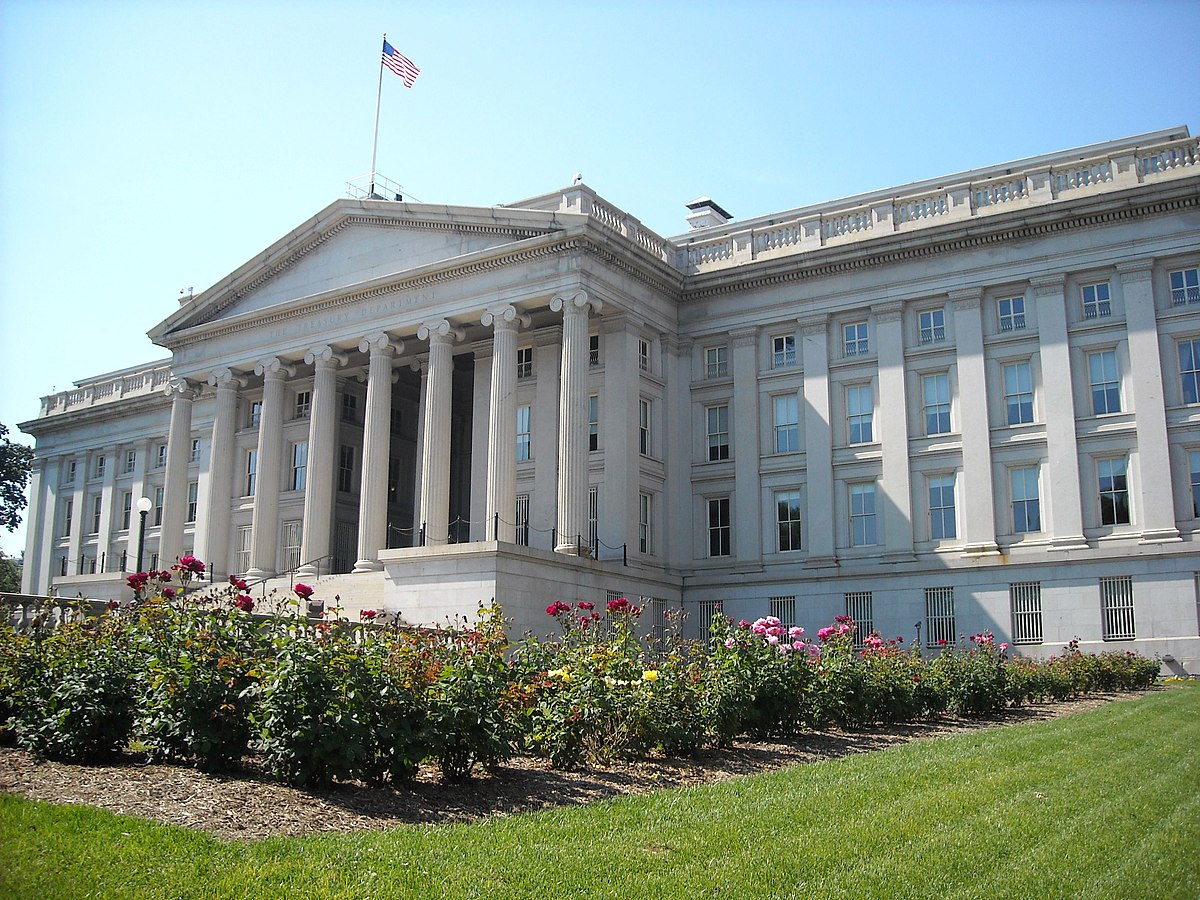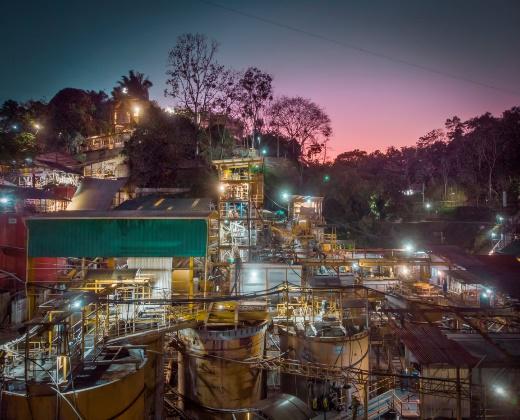HOUSTON, TEXAS (By bp, 29.Sep.2025, Words: 765) — bp has reached a final investment decision on the Tiber-Guadalupe project in the Gulf of America, approving its second new production platform in less than two years in the critical US offshore region and further underscoring the significance of the US Gulf to its global strategy.
The 100% bp-owned Tiber-Guadalupe will be bp’s seventh operated oil and gas production hub in the Gulf of America, featuring a new floating production platform with the capacity to produce 80,000 barrels of crude oil per day. The project includes six wells in the Tiber field and a two-well tieback from the Guadalupe field. Production is expected to start in 2030.

RELATED: bp takes FID on Tiber-Guadalupe project in US Gulf of America
“Our decision to move forward on the Tiber-Guadalupe project is a testament to our commitment to continue investing in the Gulf of America and expand our energy production from one of the premier basins in the world,” said Andy Krieger, bp’s senior vice president, Gulf of America and Canada. “Along with its sister project Kaskida, Tiber-Guadalupe will play a critical role in bp’s focus on delivering secure and reliable energy the world needs today and tomorrow.”
Tiber and Guadalupe fields are estimated to have recoverable resources of around 350 million barrels of oil equivalent from the initial phase. Additional wells could be drilled in future phases, subject to further evaluation.
The estimated $5bn Tiber-Guadalupe project is fully accommodated within bp’s disciplined financial framework. It is one of the 8-10 major projects expected to start up globally between 2028 and 2030 and reflects bp’s strategy to grow its upstream business and long-term shareholder value. Together with its 100% bp-owned Kaskida project, bp expects to invest around $10bn to deliver its Gulf of America Paleogene projects.
Tiber-Guadalupe and Kaskida are centerpieces of bp’s new build projects in the deepwater Gulf of America. Along with the five existing operating platforms in the Gulf, they will help enable bp to boost its capacity to produce more than 400,000 barrels of oil equivalent per day from the US offshore region by 2030. bp aims to increase its offshore and onshore production in the United States to more than 1 million barrels of oil equivalent per day by 2030.
bp is leveraging existing platform and subsea equipment designs to drive cost efficiencies across the Tiber-Guadalupe production hub’s construction, commissioning and operations. Tiber project development costs are anticipated to be around $3 per barrel lower than the Kaskida project, including synergies from using more than 85% of the design from bp’s Kaskida project.
“Tiber-Guadalupe represents a significant step forward in our efforts to unlock the potential of the Paleogene in the Gulf of America, building on our decades of experience in the region,” said Gordon Birrell, bp’s executive vice president of production and operations. “Together with our Kaskida project in the Paleogene, we expect Tiber-Guadalupe will be another world-class development.”
Field details
— Tiber and Guadalupe are in the Keathley Canyon area about 300 miles southwest of New Orleans,
— Tiber-Guadalupe will be bp’s second development in the Gulf of America to produce from reservoirs using industry-proven technology that can safely manage pressures of up to 20,000 pounds per square inch (20K),
— bp discovered the Tiber field in 2009 and has since worked closely with the offshore industry to help develop the 20K technology necessary to complete high-pressure wells. This 20K equipment – such as larger drilling rigs, subsea equipment and thicker metal casing – will be independently verified and approved to safely manage these wells,
— the Tiber-Guadalupe project, owned 100% by bp, is named after rivers in Italy and Texas,
— bp produced around 341,000 barrels of oil equivalent per day from the Gulf of America in 2024,
— bp operates five platforms in the Gulf of America: Argos, Atlantis, Mad Dog, Na Kika and Thunder Horse. bp also holds interests in four non-operated hubs: Great White, Mars, Olympus and Ursa,
— bp recently started up a major expansion project at the Argos platform, called Argos Southwest Extension, and is planning two additional expansion projects at the Atlantis platform over the next two years. Together, these three projects represent nearly a third of the 10 major projects bp is planning to bring online globally by the end of 2027,
— bp recently began construction on 100% bp-owned Kaskida, which will be bp’s sixth platform in the region. Kaskida represents bp’s first step toward unlocking the Paleogene, an oil-rich geological area about 250 miles southwest of New Orleans. Kaskida, which will have a production capacity of 80,000 barrels per day, is expected to start up in 2029.
____________________


